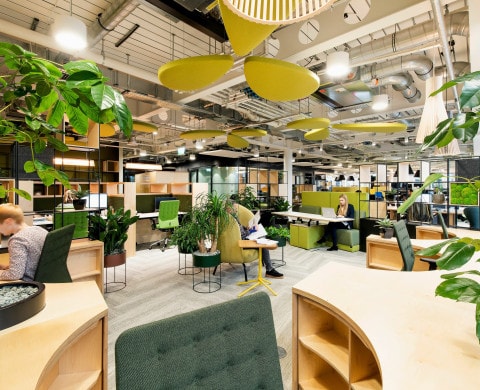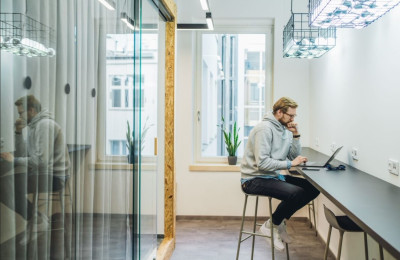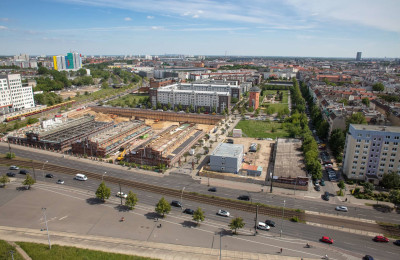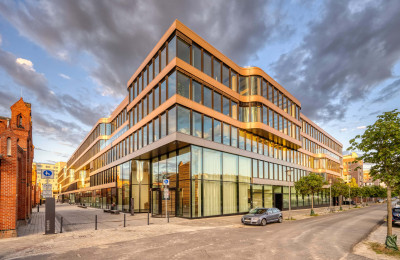How do you design the right workspace for the return to work
With the return to the office well underway, almost all businesses are taking the opportunity to redesign their workspace. However, the mistake many businesses are making is updating their office without a complete understanding of what they really need. At best, these uninformed changes to the office are an unnecessary expense. But, at worst, they could commit your business to a working environment that doesn’t fit your, or your employees’ needs. This leads to a poor employee experience which can hamper their productivity, wellbeing, and your overall business performance.
How can you benefit from redesigning the office?
With the right information on your business, and calculated choices in your redesign, you can drive productivity and wellbeing. In fact, you could achieve a 30% decrease in the number of individual workstations, enabled by a combination of home working and desk sharing, and over 60 new space types. These can vary between meeting rooms, silent rooms for focus, and chillout spaces where employees can decompress, with no building structure interventions and minimal budget implications.

But realising these benefits means understanding your people and the ways they work. And while building a complete picture is a multi-stage process, there are a number of questions you can ask to begin your redesign journey. By answering just a few of these questions, you can determine what your employees’ biggest needs are in the future workspace and how you can deliver them.
Understand your business and employees’ workspace needs
To understand what your office should look like, you need to ask the right questions. With these answers you can best equip your office to ensure long-term wellbeing and productivity and that employees are in a workspace that specifically meets their requirements.
1. What technologies does your office need?
The move to remote working highlighted just how much employees rely on technology to perform their roles. Even minor things like the right monitor and mouse can affect productivity. Employees need an optimised working environment in order to be productive. This means equipping the workspace with tools tailored to the specific tasks of employees. In fact, 2014 research from Heller-Ono found that an investment in ergonomics, for instance, can return $10 for every $1 invested.

Another example is the usage of space within the workplace. Although the office should be a hub for person-to-person collaboration, it can be difficult to manage how people visit and interact with this space. A feature like Desk Booking from the HB Reavis Symbiosy solution can enable employees to easily and speedily book a desk that is close to their team members or to the people you need to collaborate with most.
2. How can you meaningfully enable collaboration?
With remote work being a major obstacle to collaboration, the return to the office promises to increase workspace productivity through better interworking. But this isn’t as simple as having all your employees in the same building. Our workspace consultants from Origameo can enable employees to find the right types of spaces to collaborate in when they are in the office, in spaces such as ‘agile rooms’. One potential application for this solution can be tailored to an office based in the construction or real estate industry. An office working on large-scale projects such as this needs person-to-person contact to enable the collaboration of multiple professions.
For much the same reasons, meeting rooms are a staple of any office. But to allow people to exchange ideas and interact with their colleagues you must consider how the overall office design supports them. For instance, open-plan design or hot desking may be a good fit for your people. Another option is to introduce new functionality to these spaces with online collaboration tools such as AV connectivity, digital whiteboards, and more.
3. How can you ensure employee health and wellbeing?
Health and wellbeing are greater priorities for the future office. Aside from making employees feel better, it aligns people with your business’s core mission and improves their performance. While creating a safe and healthy workspace is, in many cases, a clearly defined process, wellbeing takes far greater insight. Truly promoting wellbeing takes a deep understanding of what employees have missed during remote work.
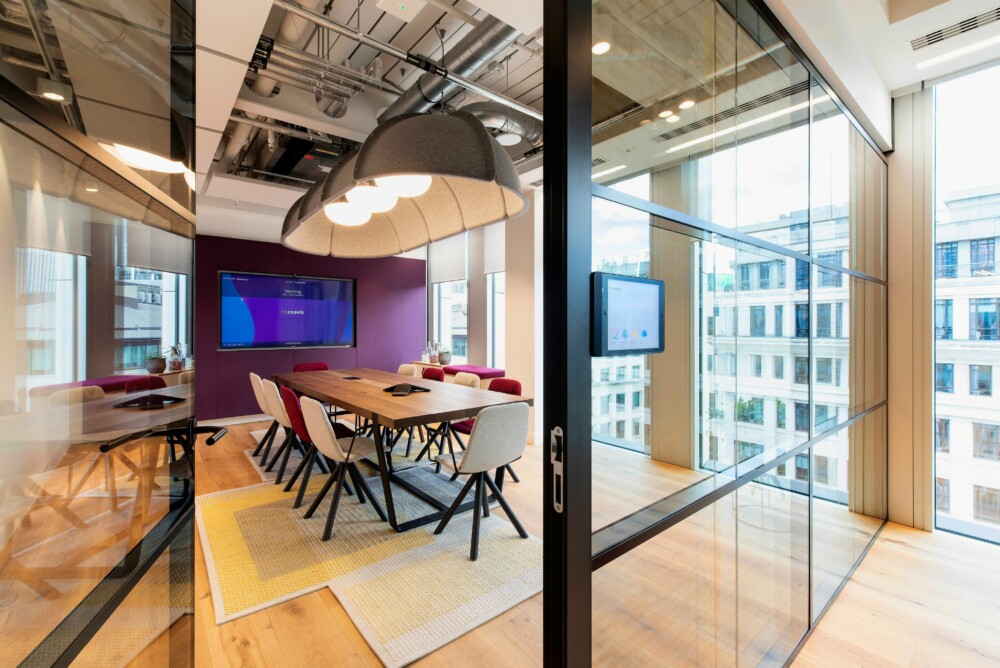
While sentiments vary, many employees miss the sense of community offered by the workspace. And this has a very real impact on business performance. Companies who act with a sense of purpose outperform the financial markets by a whopping 42%. Supporting this sense of community requires the right kind of space, especially dedicated wellbeing environments. This could be accommodated through a dedicated lounge area for employees to socialise.
4. How often do employees want to be in the office?
In almost all cases, businesses will be retaining some element of hybrid working. But it is also clear that some tasks are simply better suited to the office. To ensure that people can be productive, it’s critical that you strike the right balance with your future working arrangements.
It also means supporting hybrid working from the office. This is where flexible office leases, such as those offered by Qubes, are essential. These allow you to continually tailor the office to the scale and specification you need, according to how many employees will be office-based.
Find the answer to your new workspace requirements
Answering all these questions before you redesign your office, or choose a new one, may seem daunting. However, to get the information you need quickly and accurately there are workspace consultants, such as Symbiosy and Origameo who can help guide your decisions. Through a mix of human intelligence and data-driven insight, they can help you understand what your business needs from its future office.
See how Symbiosy or Origameo can help answer these questions for business and help shape your future office.
Don’t miss out on any of our resources. Sign up for our newsletter and we’ll keep in touch:
"*" indicates required fields
